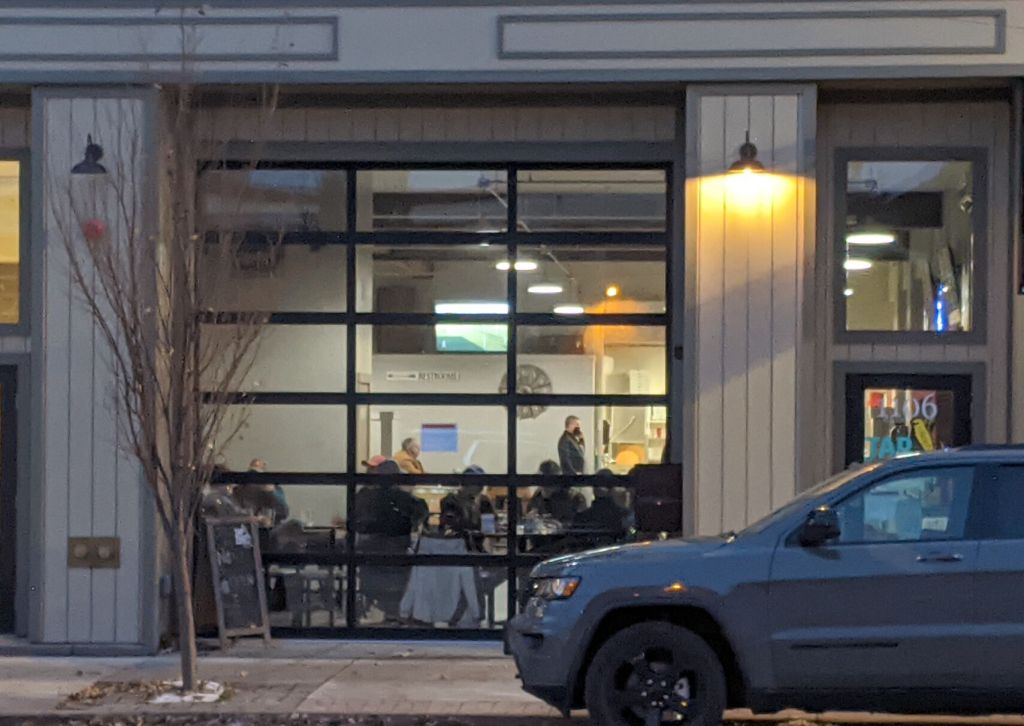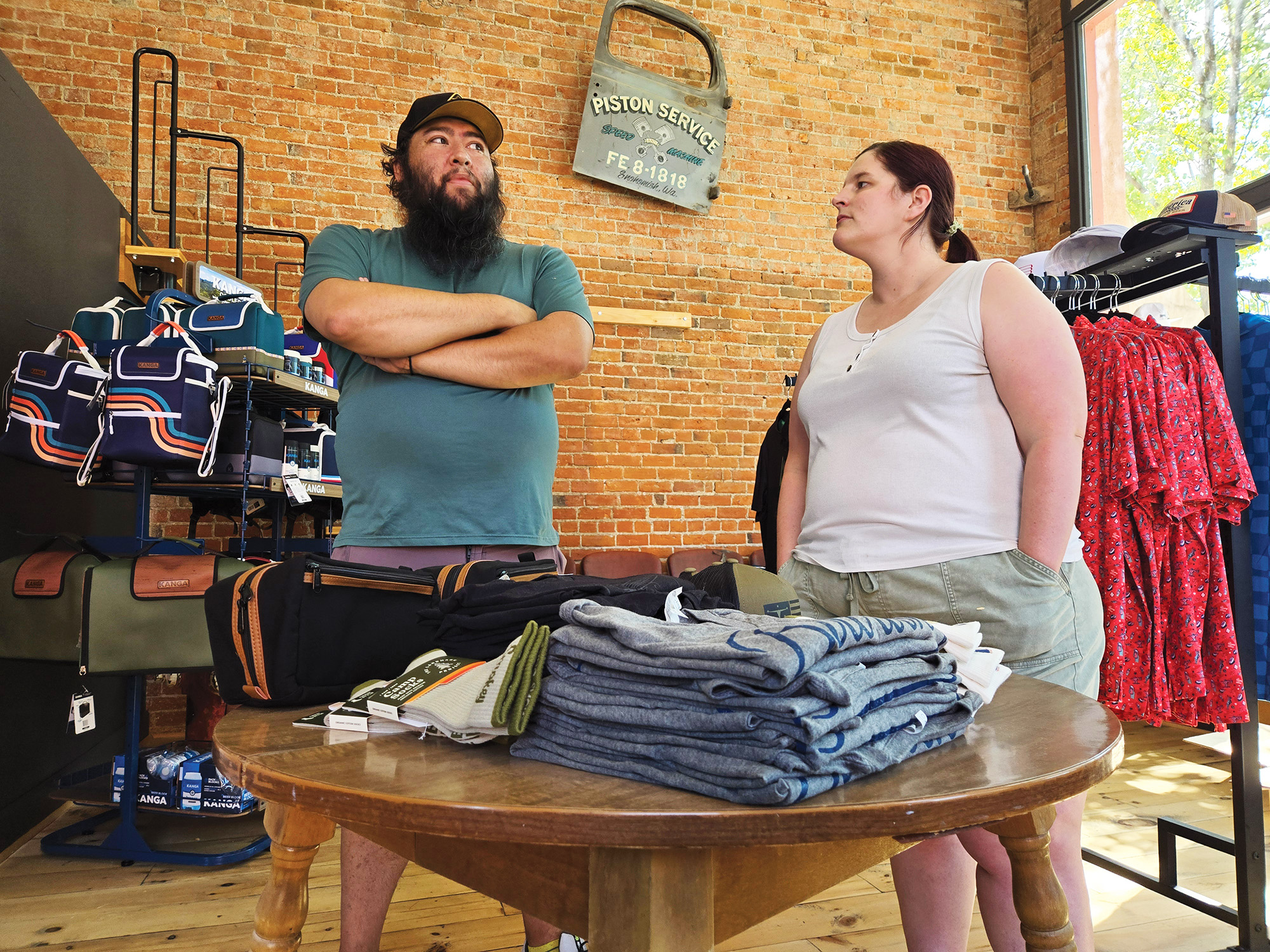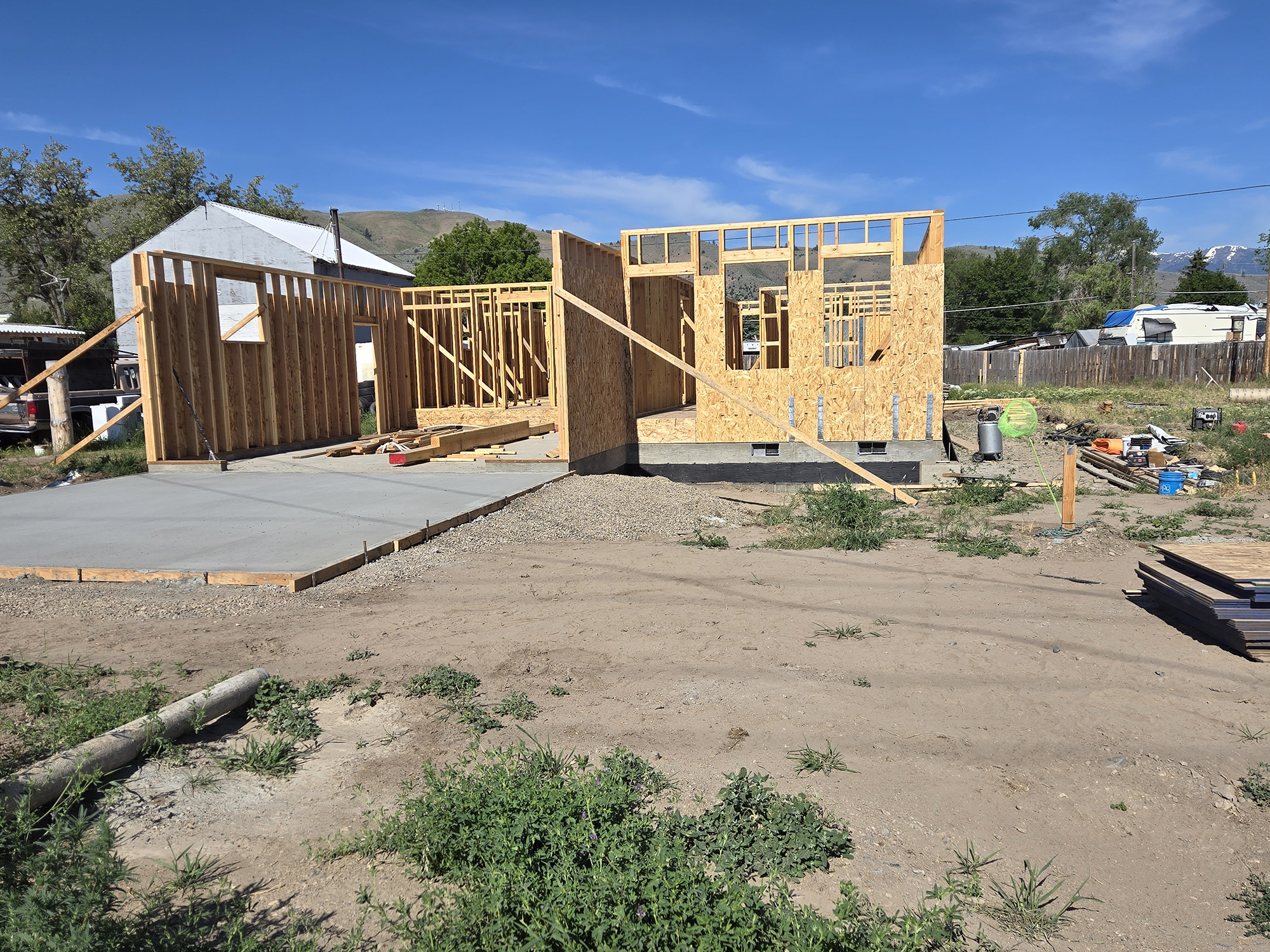Oregon’s hotels and restaurants finding their footing, at last
Published 5:00 pm Thursday, July 14, 2022

- Tap That Growlers on Adams Avenue in downtown La Grande is busy the evening of Nov. 12, 2020, six days before Gov. Kate Brown’s mandates went into effect that would lead to prohibitions against in-person dining at restaurants and bars throughout most of Oregon. Bars, restaurants and hotels have found ways to adapt to COVID-19 but now face new pressures from inflation.
SALEM — The pandemic clobbered Oregon’s bars, restaurants and hotels, with extended shutdowns and wiping out more than 70,000 hospitality jobs in COVID-19′s early days.
Trending
The sector was also among the slowest to recover, as successive outbreaks of disease and intermittent restrictions constrained operations and job growth well into 2021. Oregon hospitality jobs lagged far behind the national recovery at the beginning of last year.
Over the past 12 months, though, the industry has picked up the pace. Oregon hospitality employment is nearly 94% of what it was prior to the pandemic, roughly on par with national trends. That’s a hopeful sign heading into the summer travel months.
“I do think the worst is definitely behind us, and if we can get inflation under wraps a little bit, then I think the story for Oregon is quite bright in the years ahead,” said Jason Brandt, CEO of the Oregon Restaurant & Lodging Association.
Trending
Oregon has roughly 200,000 tourism jobs, according to May data from the Oregon Employment Department. Roughly three-quarters of those jobs are in bars and restaurants.
The loss of that work was especially hard on Oregon’s coastal communities, which rely on tourism for an outsize share of their economic activity, and on younger workers, who do many of the sector’s entry-level service jobs.
Federal stimulus payments and beefed-up unemployment benefits blunted layoffs’ financial toll for many workers, of course. Their spending, plus billions in business subsidies, buoyed many bars and restaurants that otherwise would have succumbed to the shutdowns. But lasting damage remains, with lives and careers disrupted and scores of popular dining and drinking establishments gone forever.
“We have both great stories and horror stories all at the same time,” Brandt said.
Businesses that endured were the ones that found ways to adjust, often by automating aspects of their operations or improving their to-go service to adapt to a decline in in-person dining.
Hospitality businesses face new challenges now, with inflation pushing up their costs and squeezing their profits. And Oregon’s labor market remains extremely tight — the inability to find workers is one key reason hospitality jobs haven’t returned to pre-pandemic levels.
“The disruptions are real. We went from one crisis right into another, with the inflationary pressures that everyone is feeling,” Brandt said.
The upside for workers is that hospitality wages aren’t just keeping pace with inflation, they’re handily exceeding it.
The average Oregon leisure and hospitality job pays $20.77 an hour, according to the latest state data. That’s up from $16.91 in May 2019, before the pandemic, and a 12% increase in just the past year.
Portland, like urban areas in the rest of the country, continues to face issues resulting from office closures and steep reductions in business travel, according to Brandt. Reputational damage from unrest in 2020 has been a particular issue for Portland, he said.
Overall, though, Brandt said the hospitality’s trajectory is good, and he’s optimistic about the outlook despite those headwinds and the inflationary pressure.
“Every month,” Brandt said, “we seem to see a little bit more progression.”








